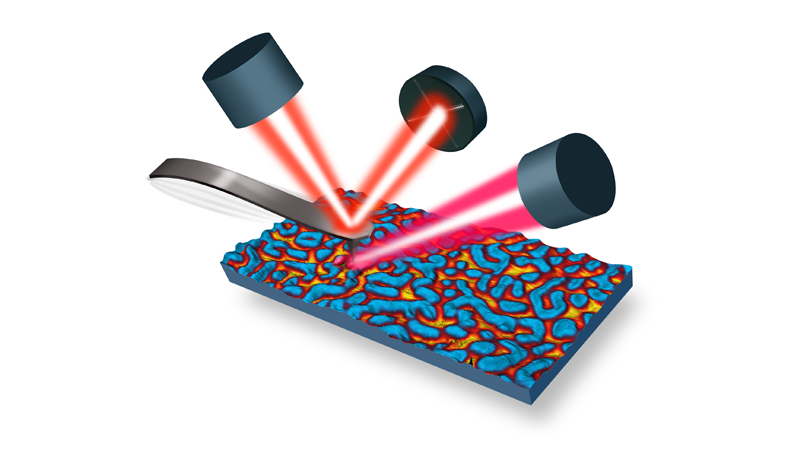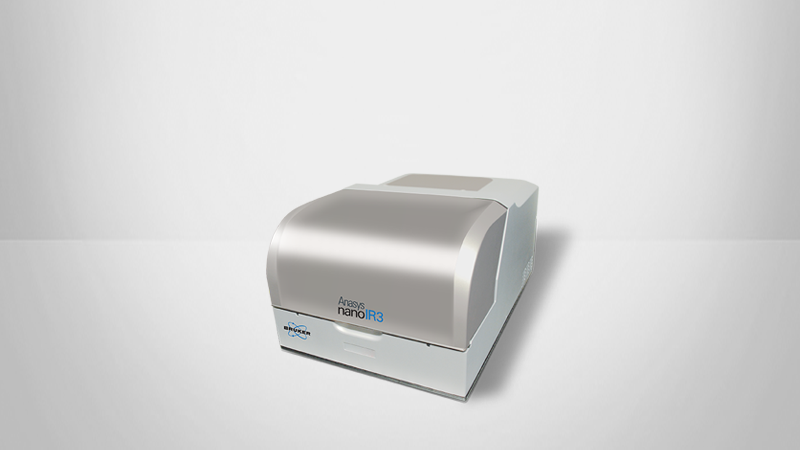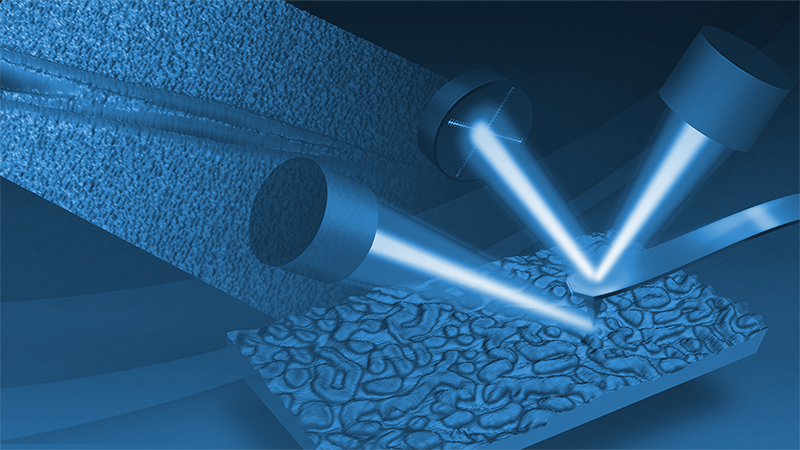

Nanoscale AFM-IR Spectroscopy and Imaging for Use in Material Research
Understand how nanoscale IR spectroscopy and imaging bring new insights to material science research
In this webinar, Bruker expert Cassandra Phillips, Ph.D. describes how nanoscale infrared spectroscopy and imaging can be valuable tools for materials research, including for solar cells, geoscience, cosmochemistry to environmental research.
In this webinar, you will see:
- How nanoscale infrared spectroscopy and imaging can be valuable across many areas of materials science
- Real examples of the AFM-IR and PTIR advantage for materials research
- Bruker’s nanoscale infrared spectroscopy instrumentation offerings
Webinar Summary
This webinar discusses the use of nanoscale IR spectroscopy and imaging for materials research. The following example cases are given:
- Bitumen: AFM-IR can be used to study the microstructure and chemical composition of bitumen at different temperatures. Different domains in bitumen have distinct mechanical and chemical properties, and these properties change as the temperature decreases.
- Shale rocks: AFM-IR can provide both nanochemical and nanomechanical information about shale rocks, which are a source of unconventional oil and gas. Spectra of different organic components in shale evolve during pyrolysis.
- Perovskite solar cells: AFM-IR and PTIR are used to study various aspects of perovskite solar cells like migration of methylammonium ions under bias, effect of chloride addition, and ferroelectric domains.
The speakers also discuss the capabilities of Bruker’s nanoIR instruments: spatial resolution, spectral resolution, thickness limitations, and the environmental chamber for in situ measurements.
Find out more about the technology featured in this webinar or our other solutions for nano-IR Spectroscopy and Imaging:
Featured Products and Technology
Speakers
Cassandra Phillips, Ph.D.
Application Scientist, BrukerCassandra did her Ph.D. at the University of Toronto exploring the photophysics of boron nitride nanotubes using scattering scanning nearfield optical microscopy (s-SNOM) and computational models. She has been working at Bruker Nano Surfaces and Metrology since September 2019 as an Applications Scientist focusing on nanoscale IR spectro-microscopy and other correlated imaging techniques realized with atomic force microscopy.
Dr. Anirban Roy
Senior Applications Scientist


